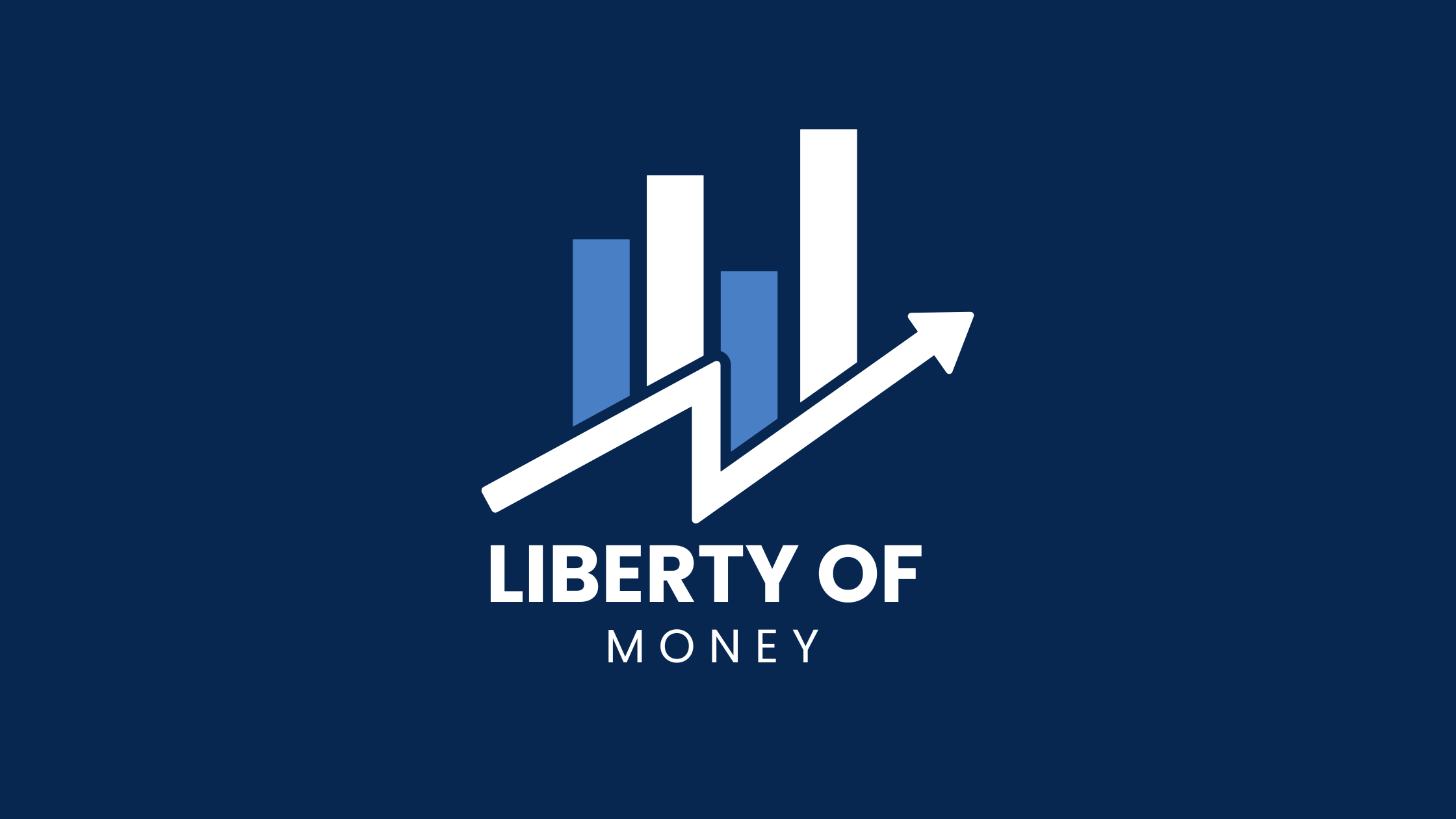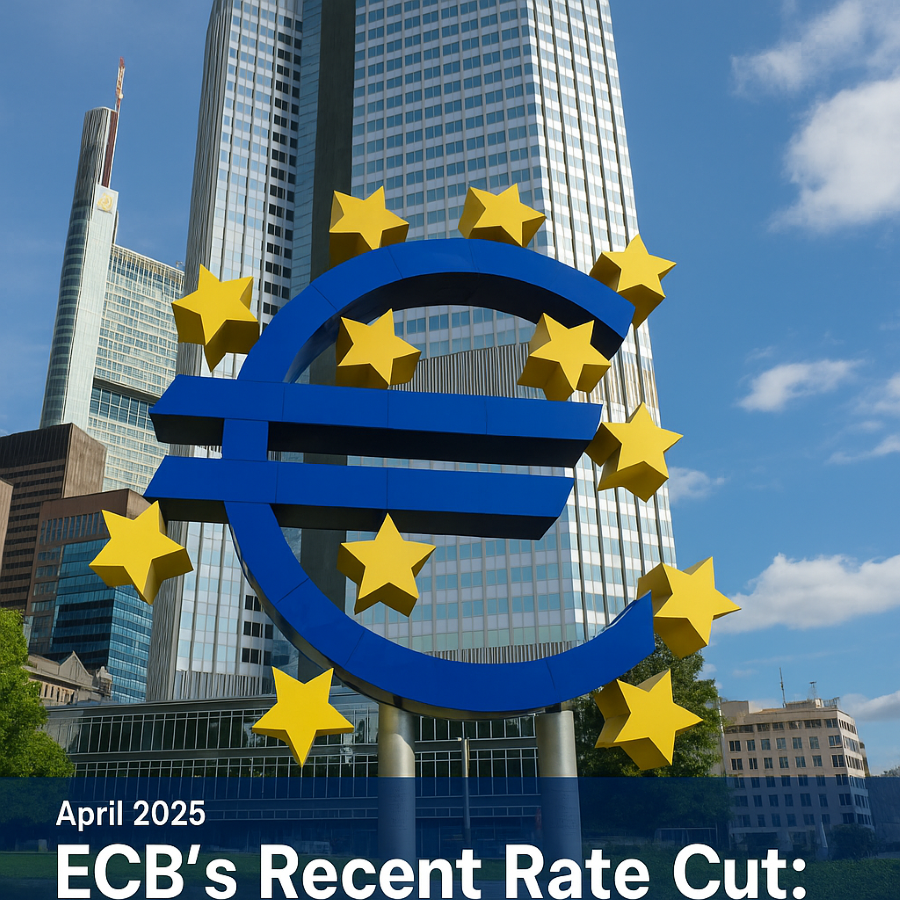Understanding the ECB’s Latest Move
On April 17, 2025, the European Central Bank (ECB) reduced its benchmark interest rate by 25 basis points, bringing it down to 2.25%. This marks the seventh consecutive cut in one year, signaling the ECB’s urgent response to a slowing economy, inflation volatility, and increasing trade tensions with the U.S.
This decision is not just monetary housekeeping — it’s a major indicator of how the Eurozone is preparing for economic uncertainty in 2025 and beyond.
Why the ECB Is Cutting Rates Again
The ECB’s repeated rate cuts are a strategic tool to:
- Stimulate borrowing and spending by businesses and consumers
- Counter the slowdown in European exports caused by U.S. tariffs
- Keep inflation on target, especially as prices fluctuate due to global supply chain issues
- Maintain financial stability amid geopolitical shifts
Quick Fact:
The ECB’s inflation target remains close to but below 2%. Despite past cuts, inflation in many Eurozone countries remains sticky and uneven.
Impact on Consumers and Businesses
The ECB’s rate cut will be felt throughout the economy:
For Consumers:
- Lower mortgage and loan interest rates
- Potential increase in household spending
- A weak euro could make imported goods more expensive
For Businesses:
- Easier access to capital
- Encouragement to invest and expand
- Exporters may benefit from a weaker euro
Risks and Challenges
While interest rate cuts can stimulate growth, there are trade-offs:
- Weaker Euro: While good for exports, it can drive up import costs.
- Bank Profitability: Negative or near-zero rates can hurt traditional banks’ margins.
- Inflation Uncertainty: Too much stimulus could overheat parts of the economy if not managed carefully
What This Means for Investors
Investors should closely monitor:
- European bonds and equities: Lower rates often lead to higher stock valuations.
- Currency markets: Expect continued volatility in EUR/USD.
- Real estate and commodities: Sectors sensitive to low-interest environments may rise in popularity.
ECB Outlook: Is This the End or Just the Beginning?
ECB President Christine Lagarde stated that future policy will be “data-dependent and flexible,” suggesting that more adjustments may follow depending on inflation and growth figures in Q2 and Q3 of 2025.
Key Watch Points:
- Core inflation readings
- Manufacturing output across the EU
- U.S.-EU trade negotiations
Conclusion: Time to Rethink Your Financial Strategy
The ECB’s latest rate cut is more than just news — it’s a signal for households, entrepreneurs, and investors to rethink their strategies. As the economic landscape shifts, staying informed and adaptive is key to preserving and growing wealth.




